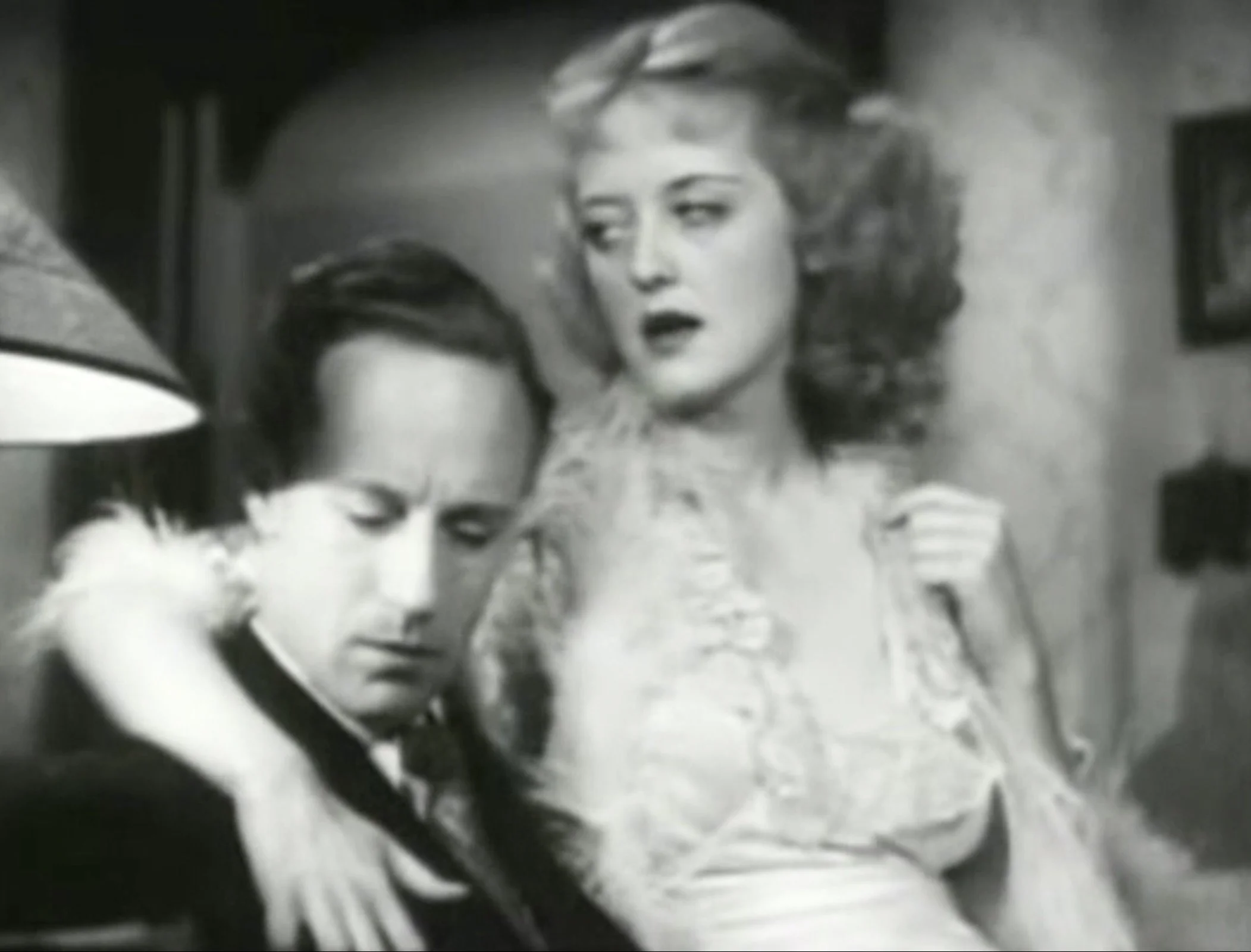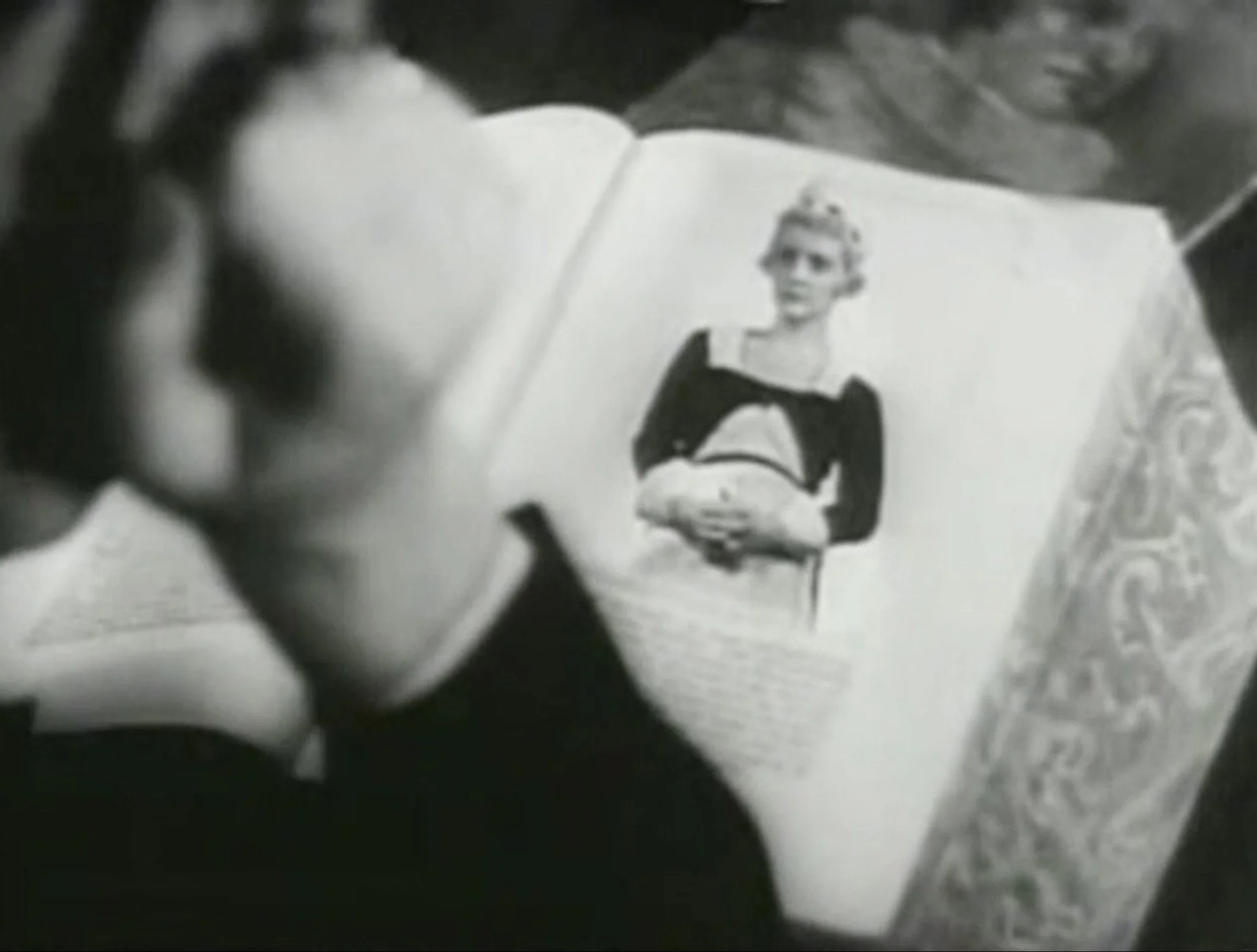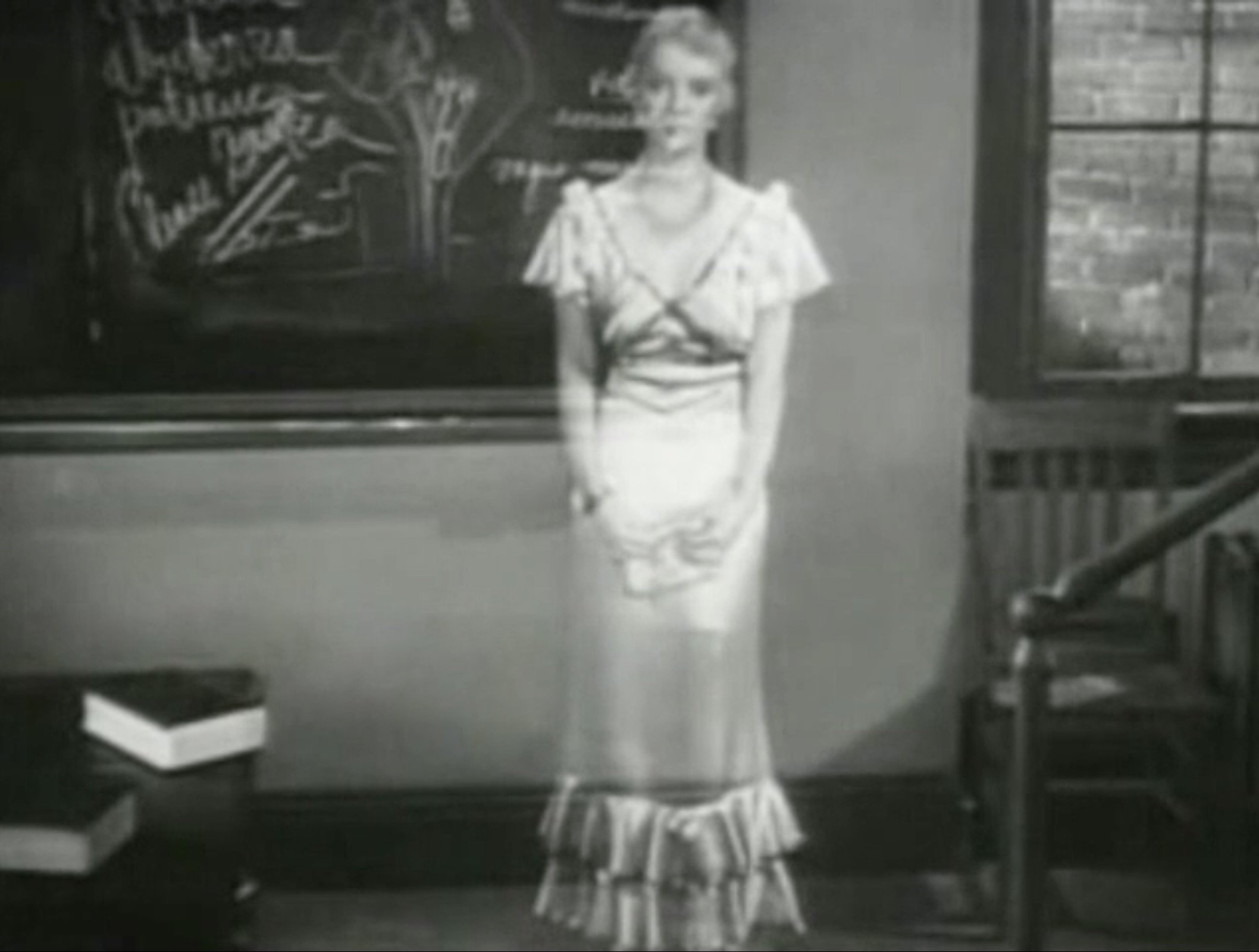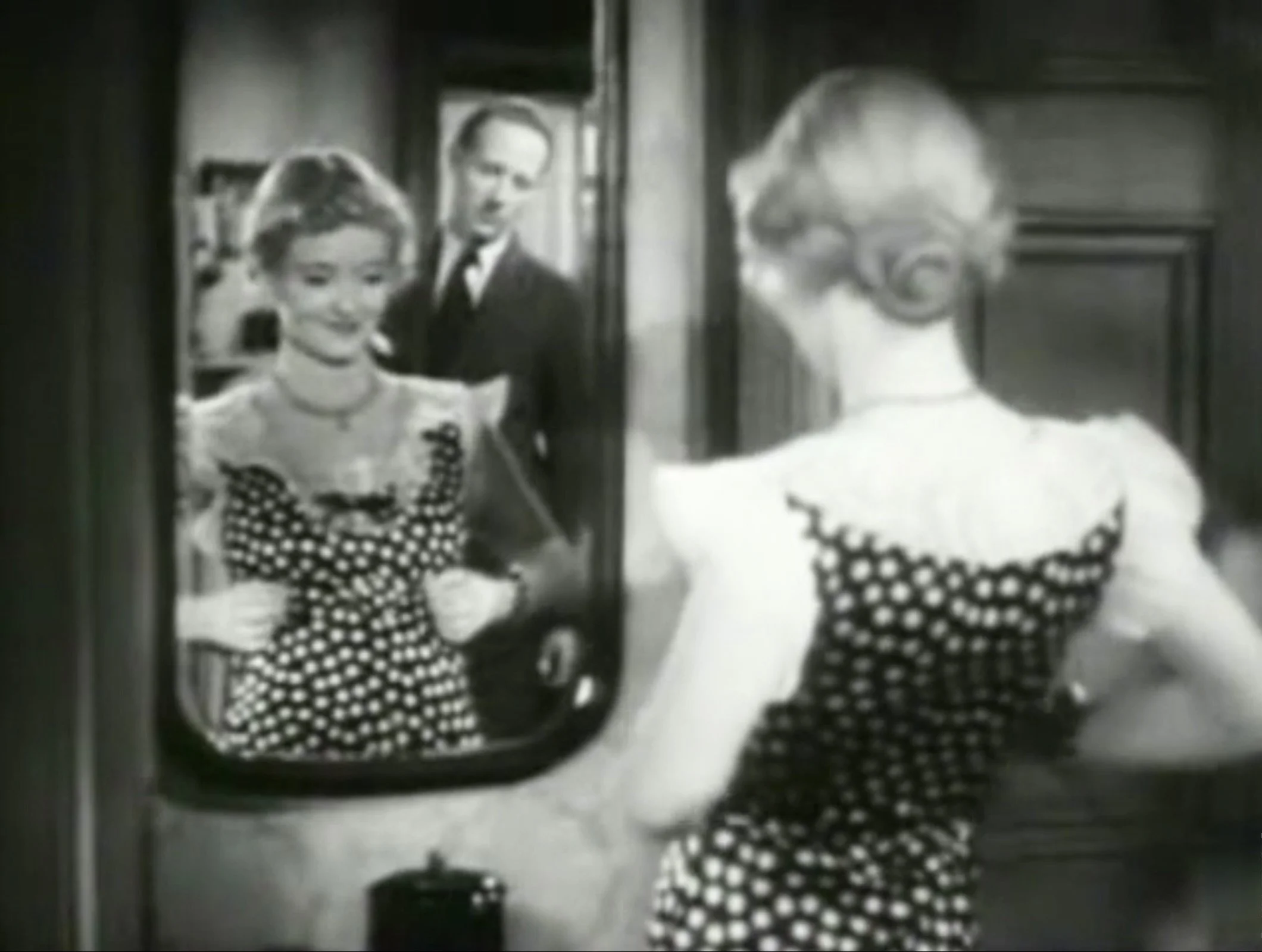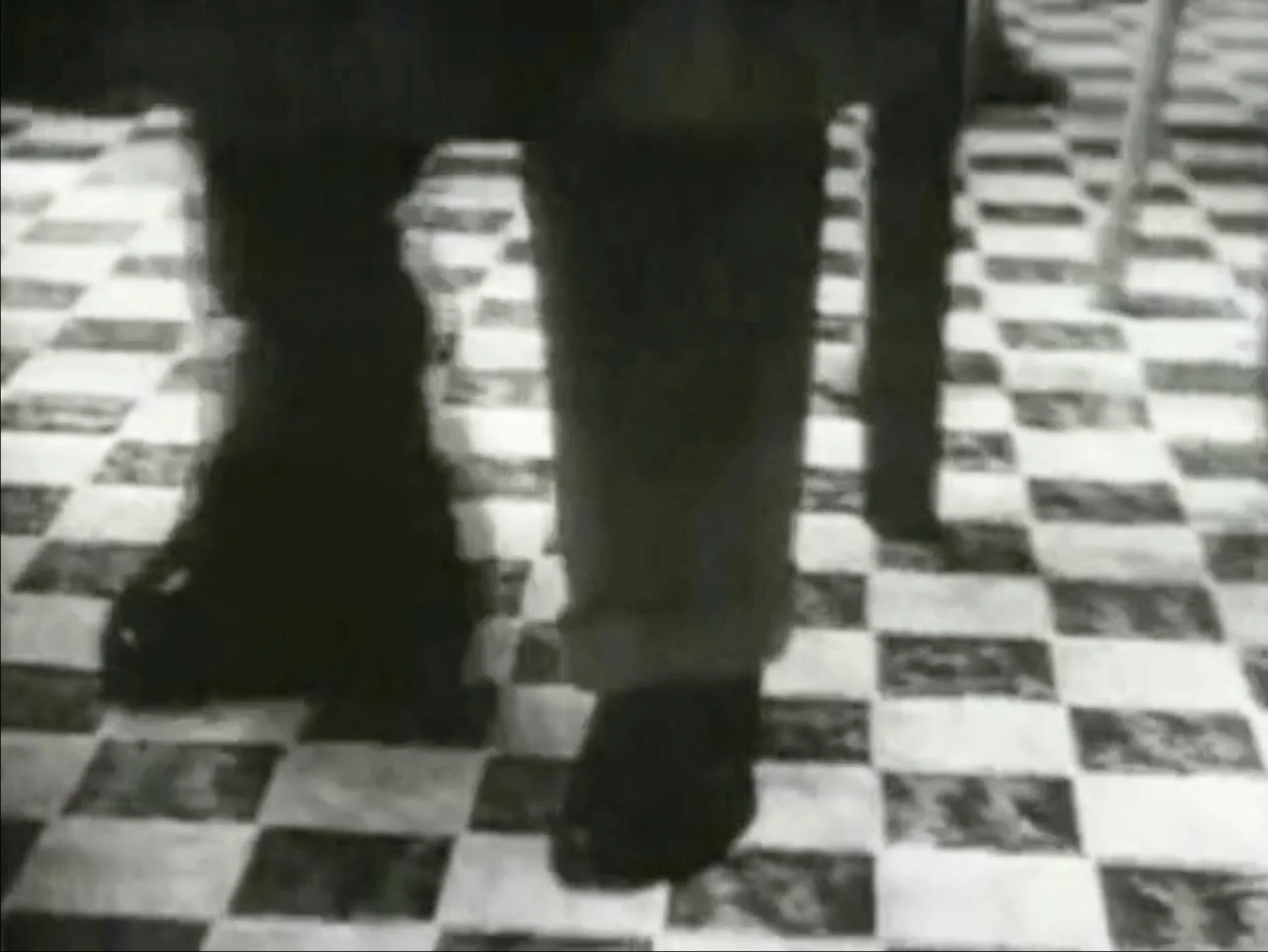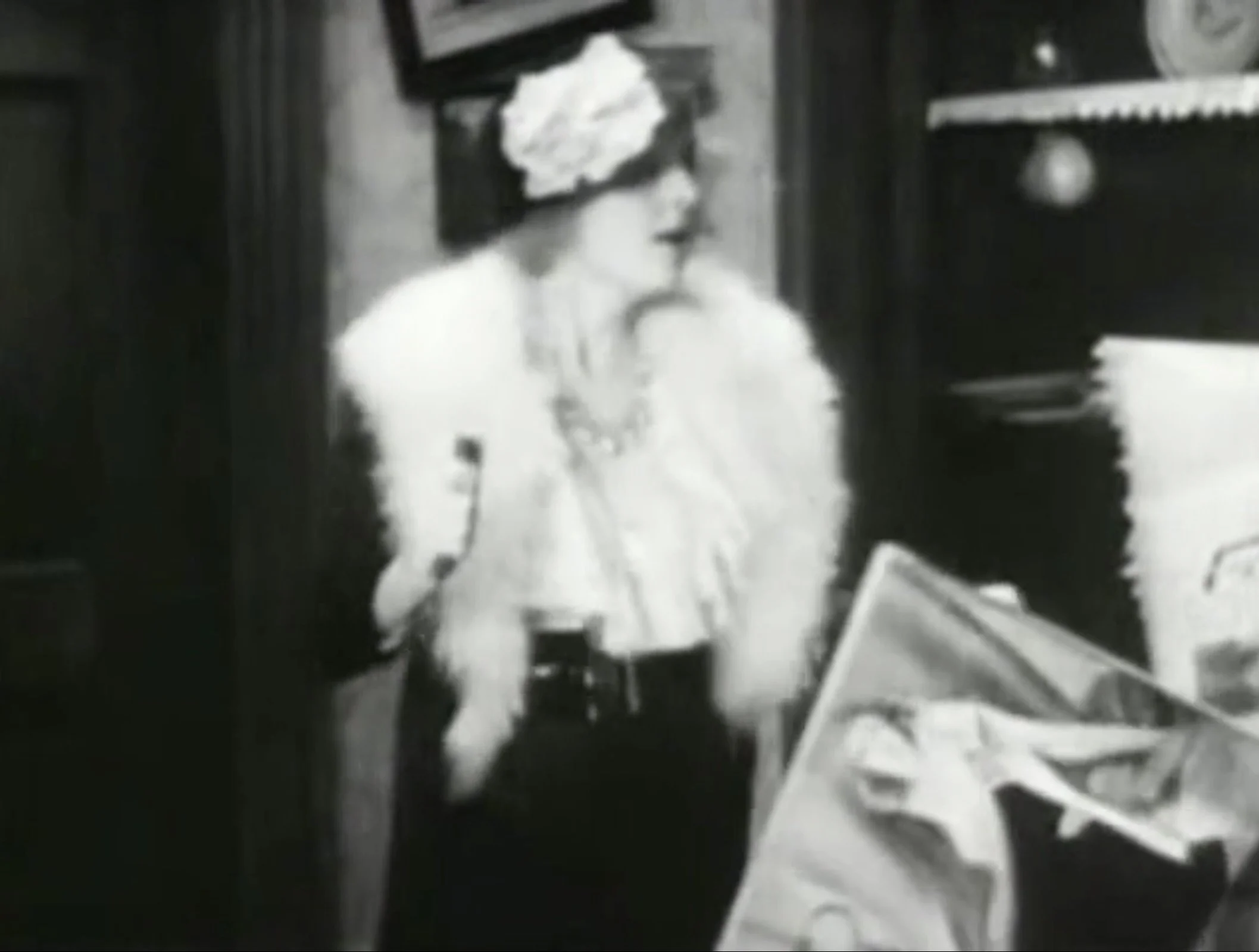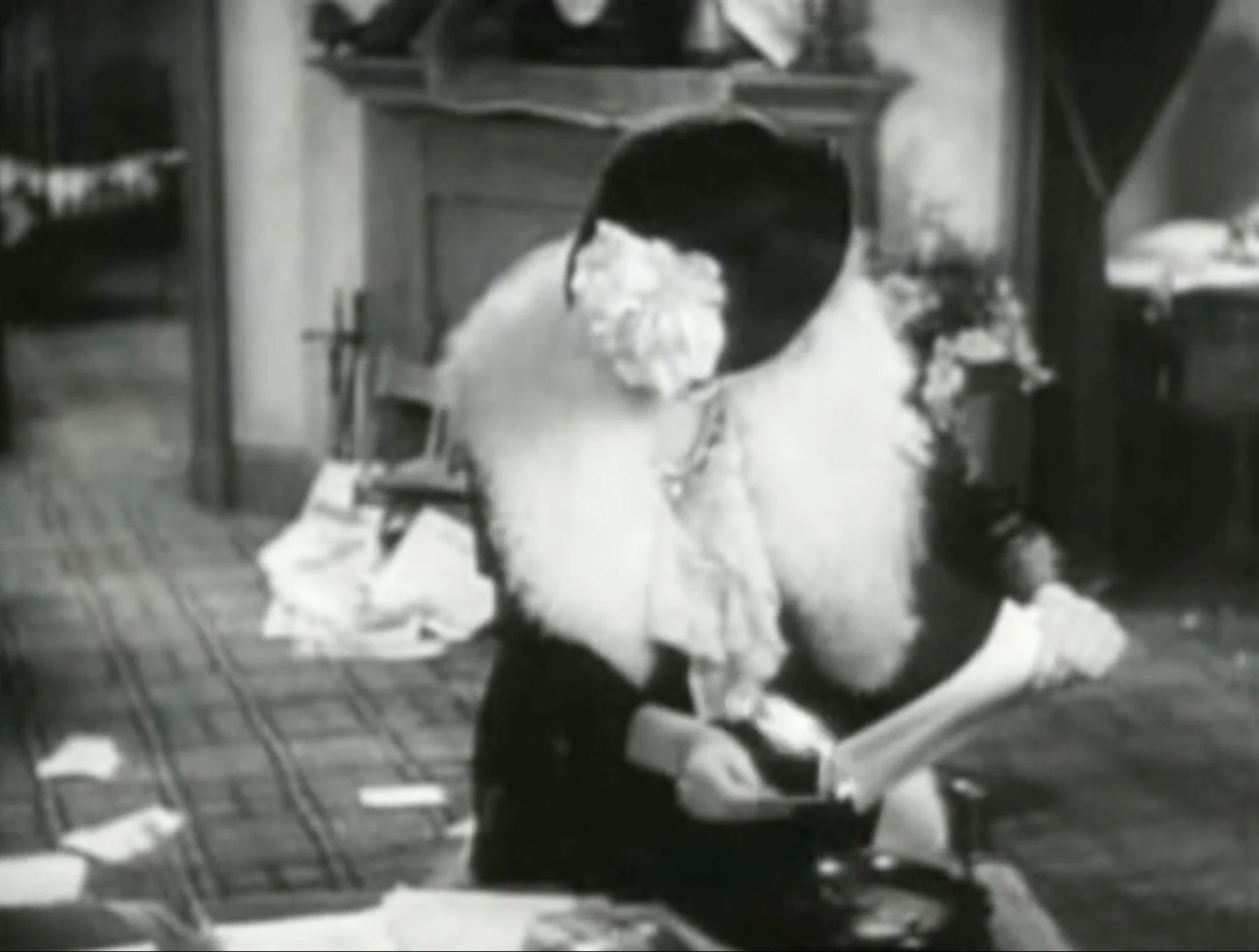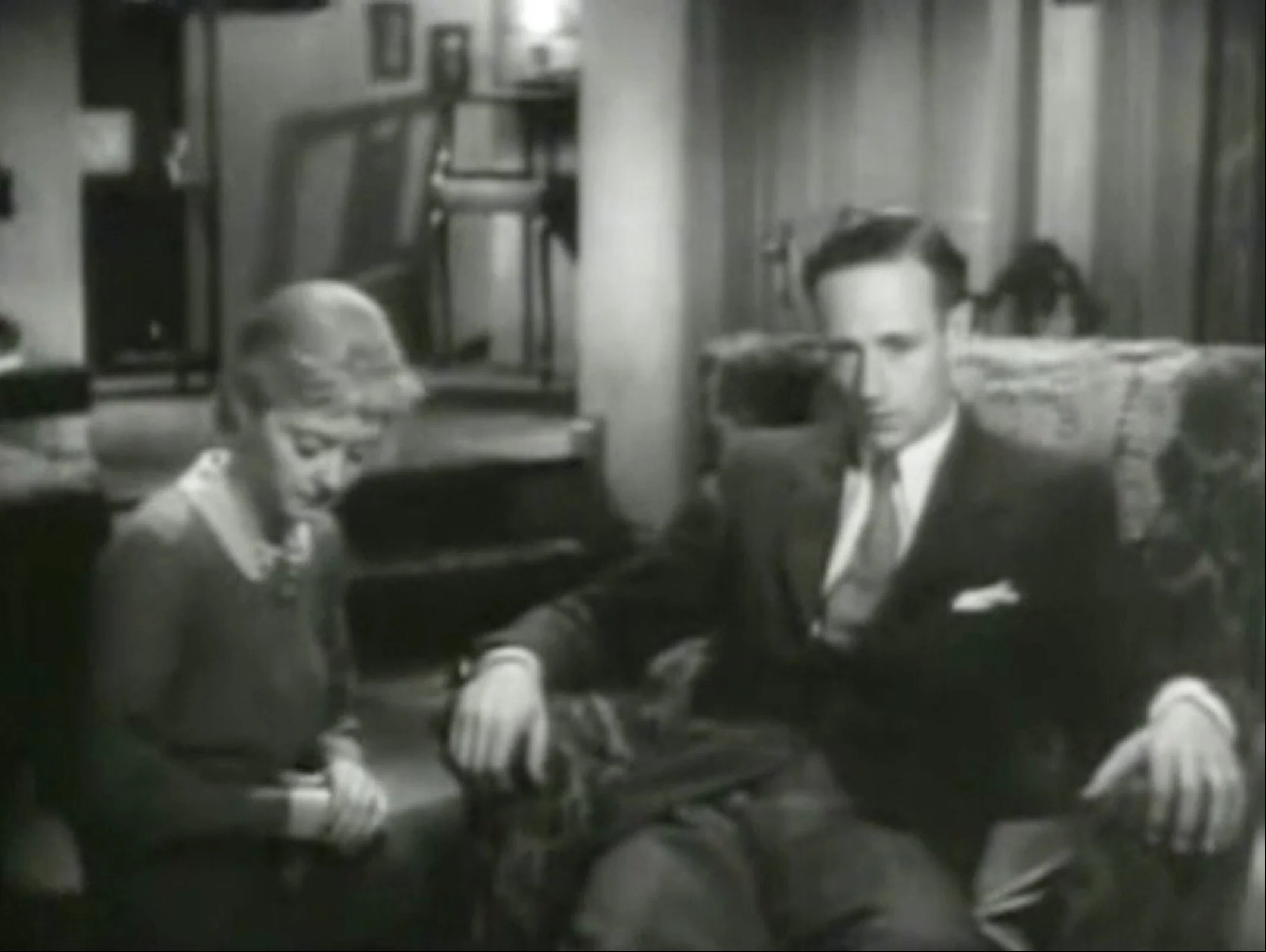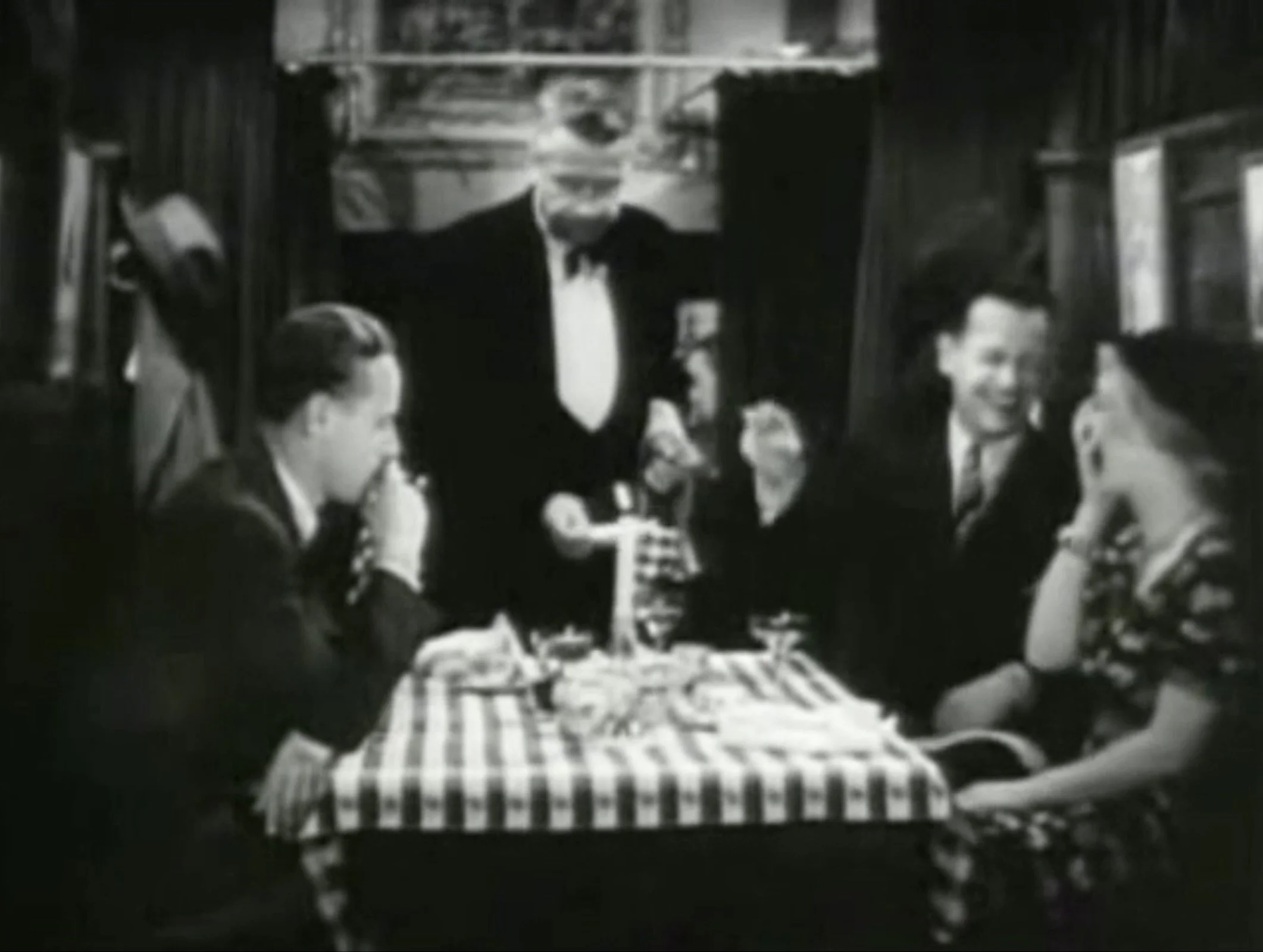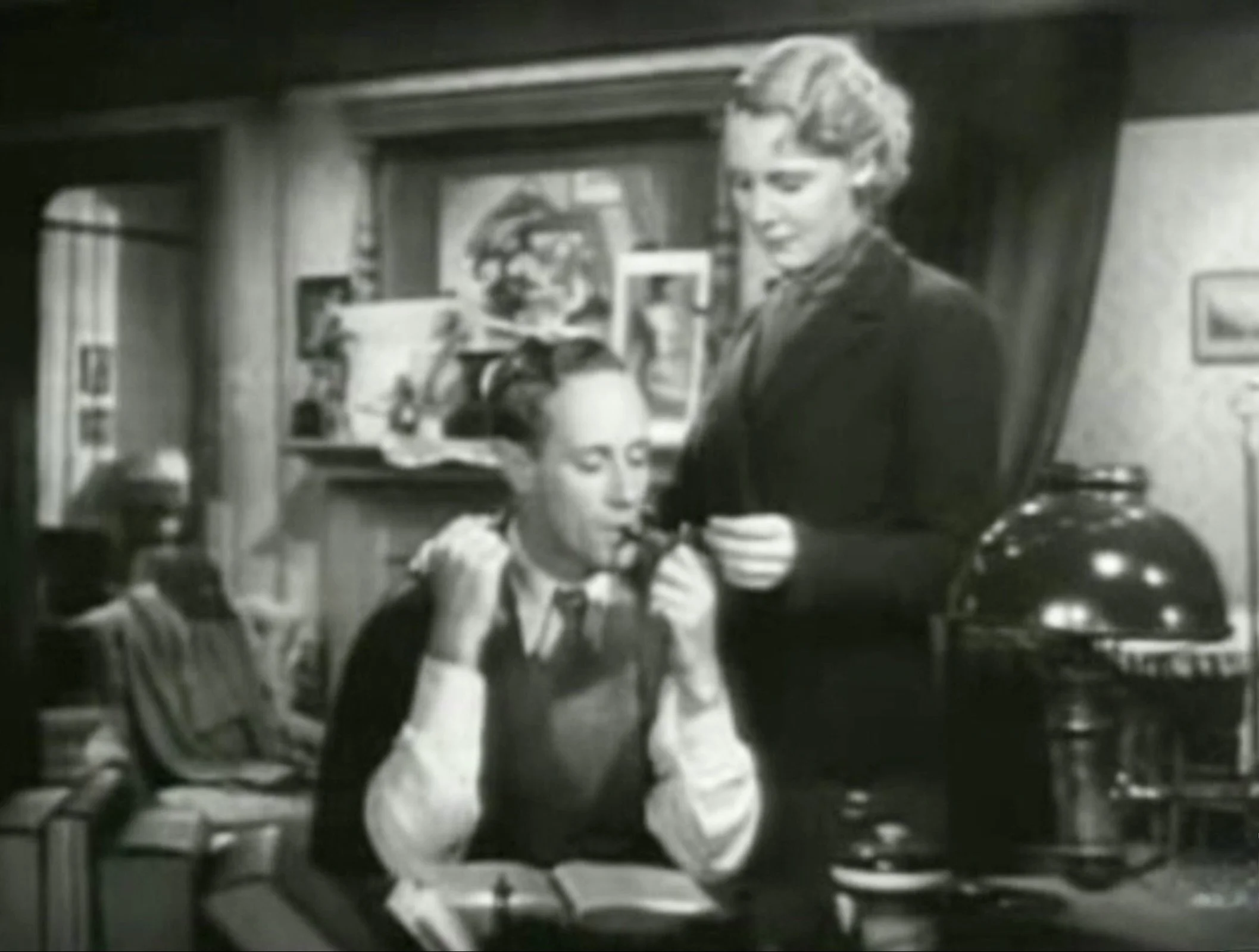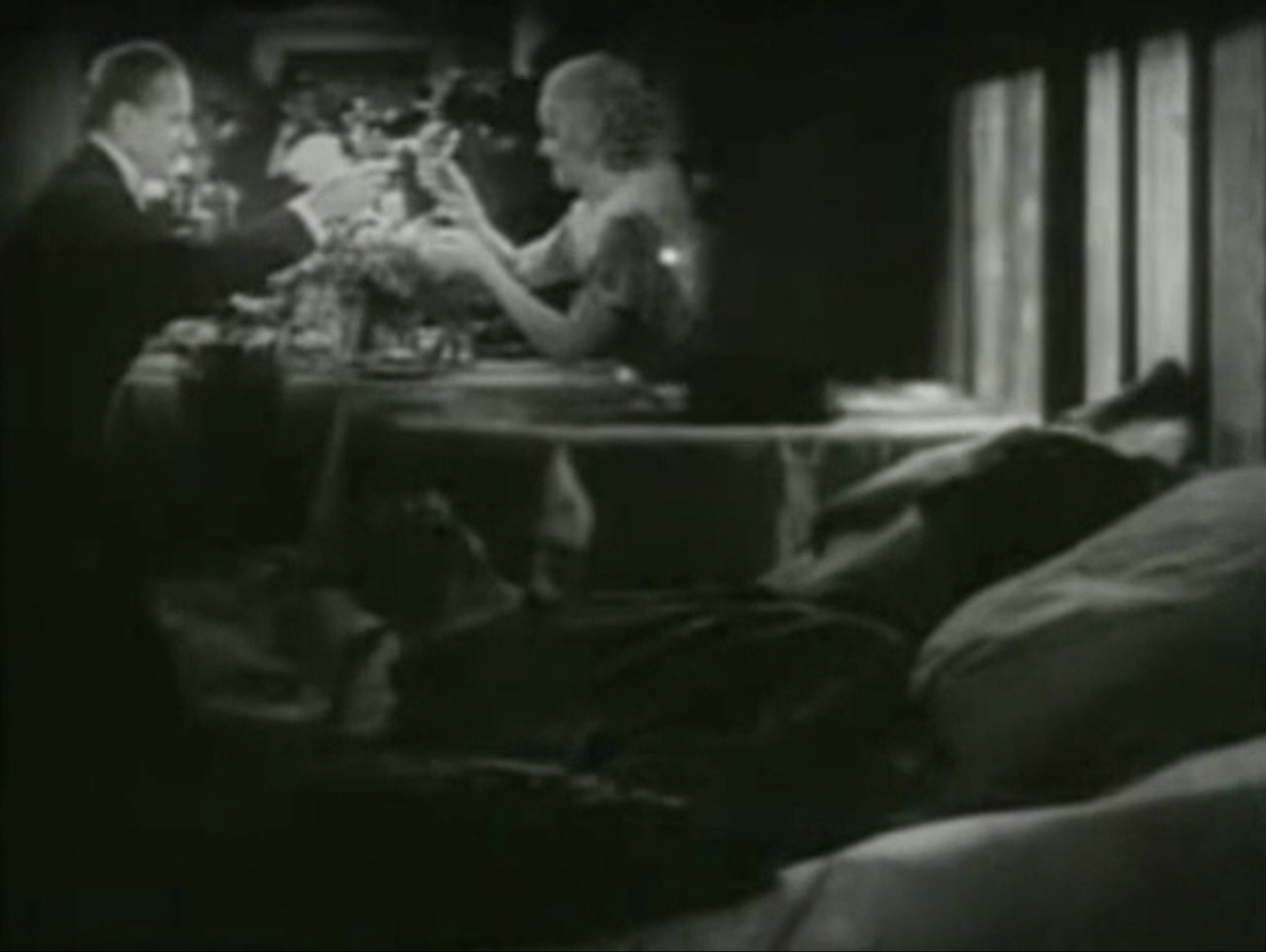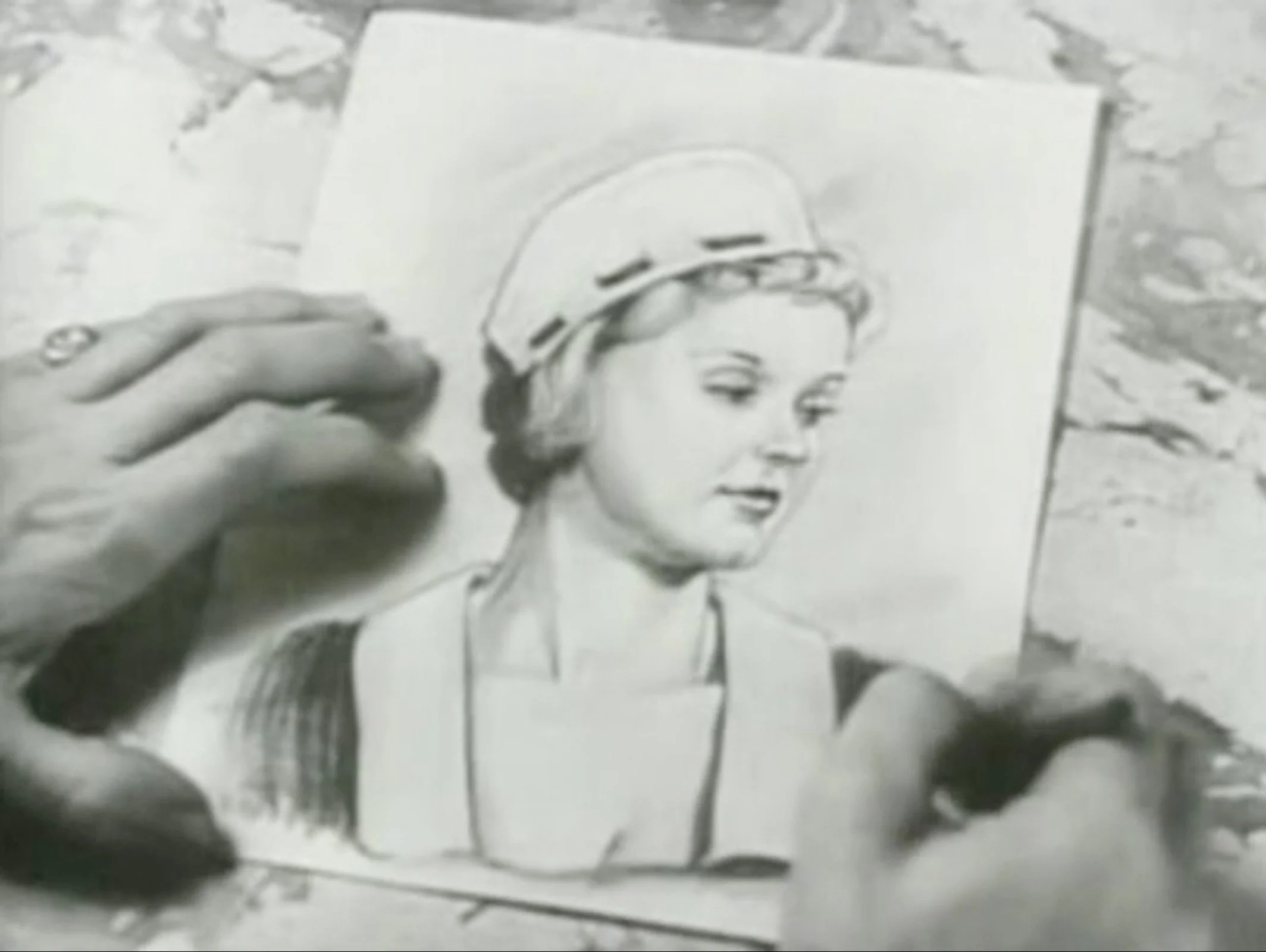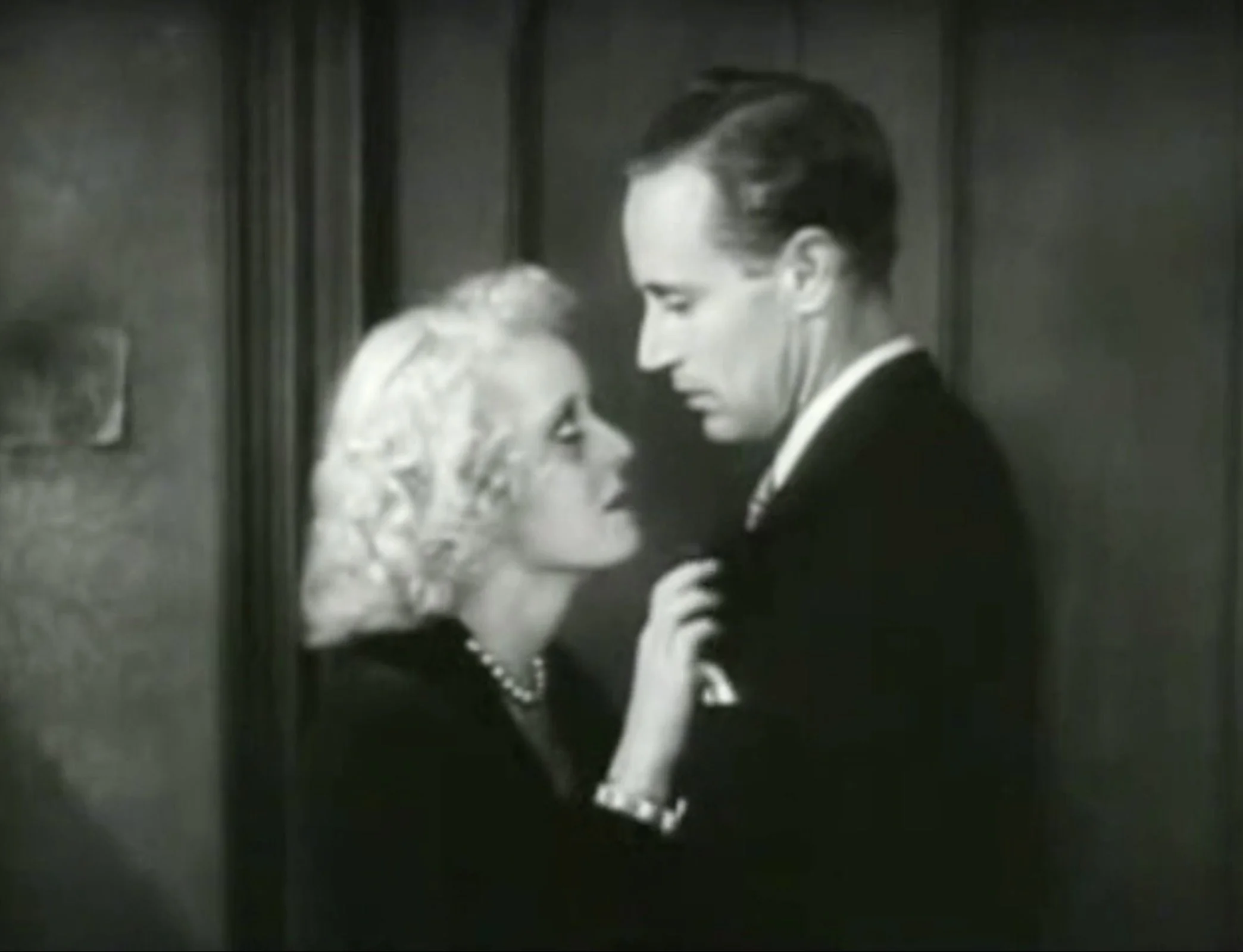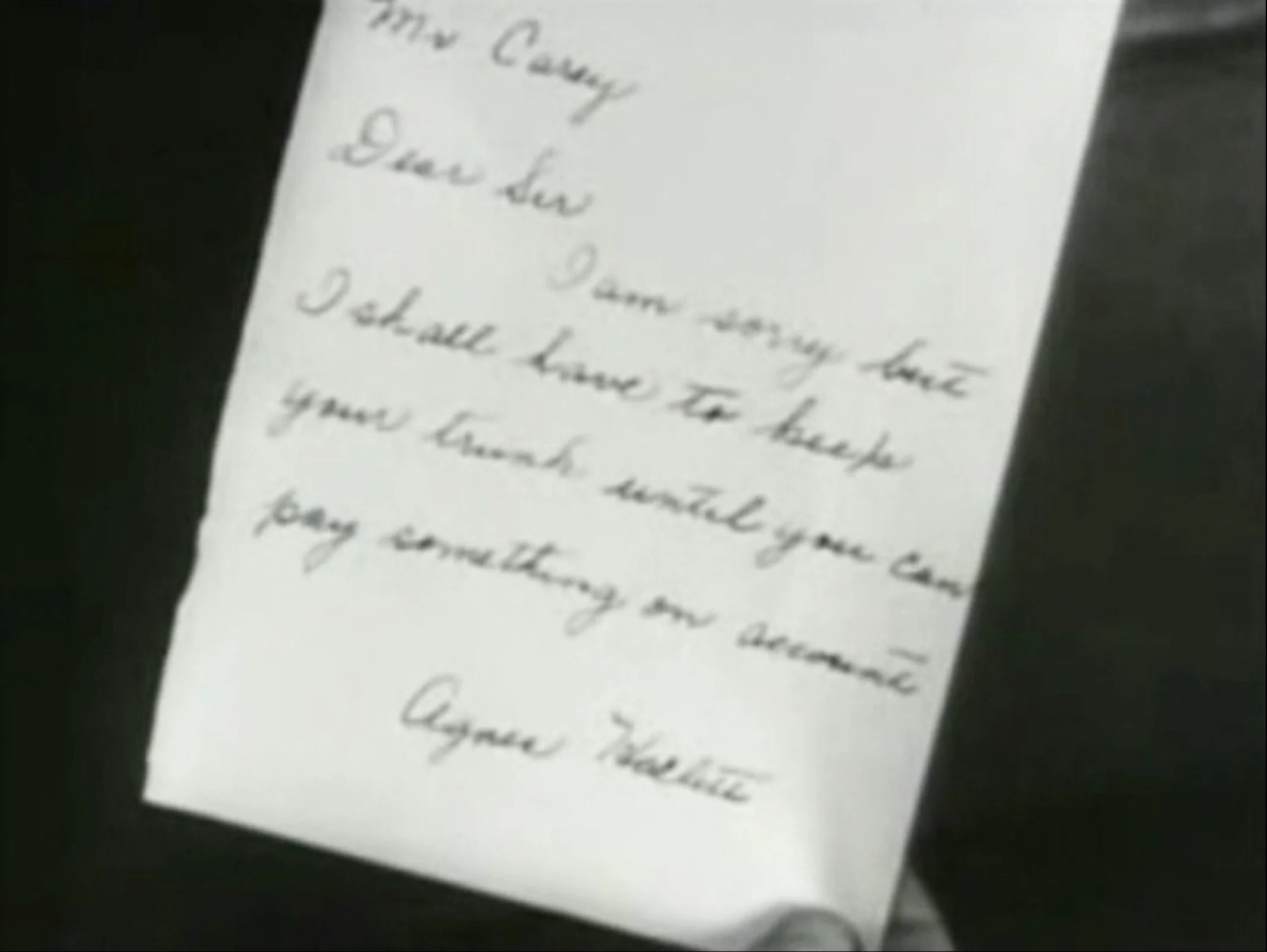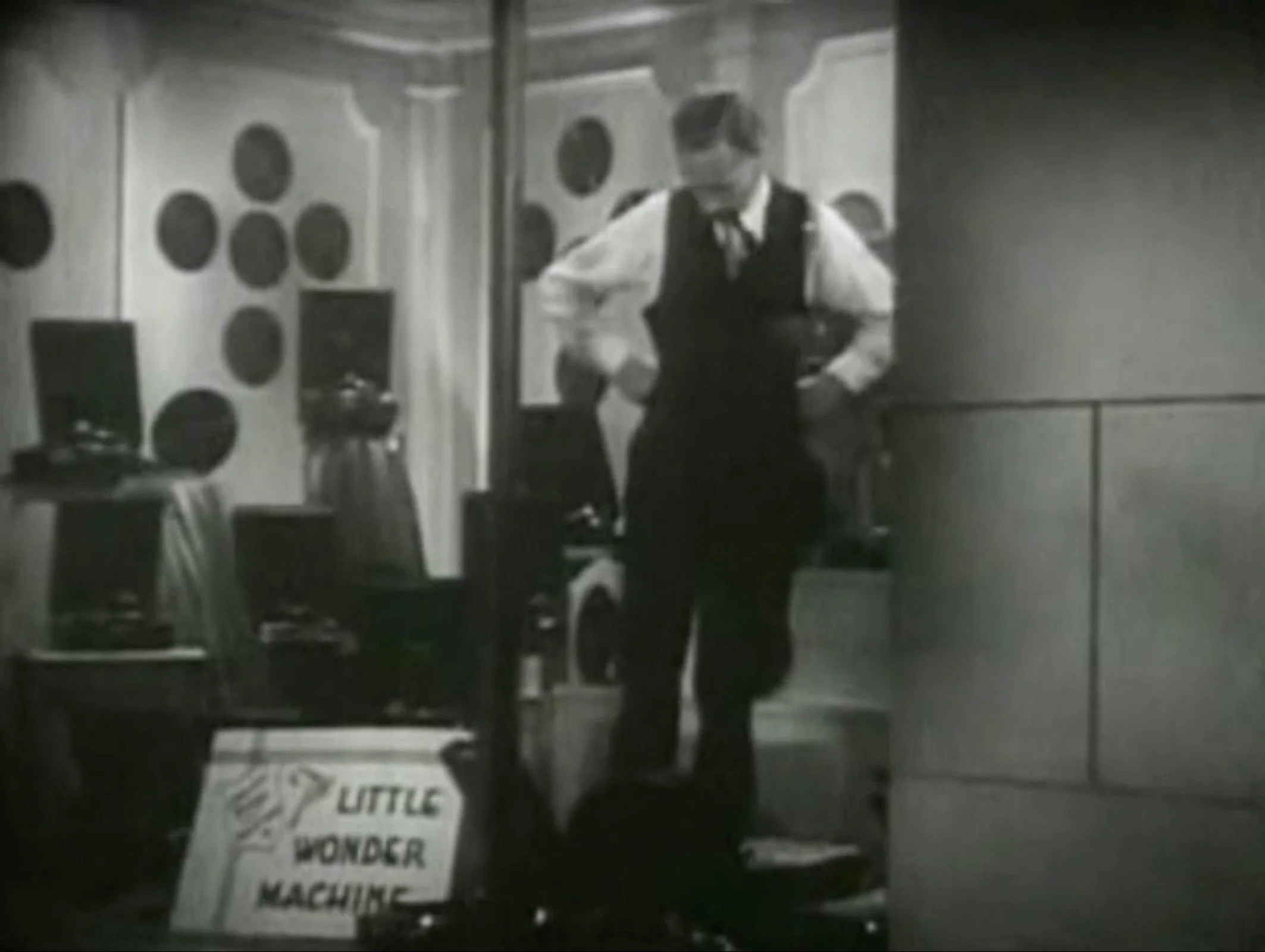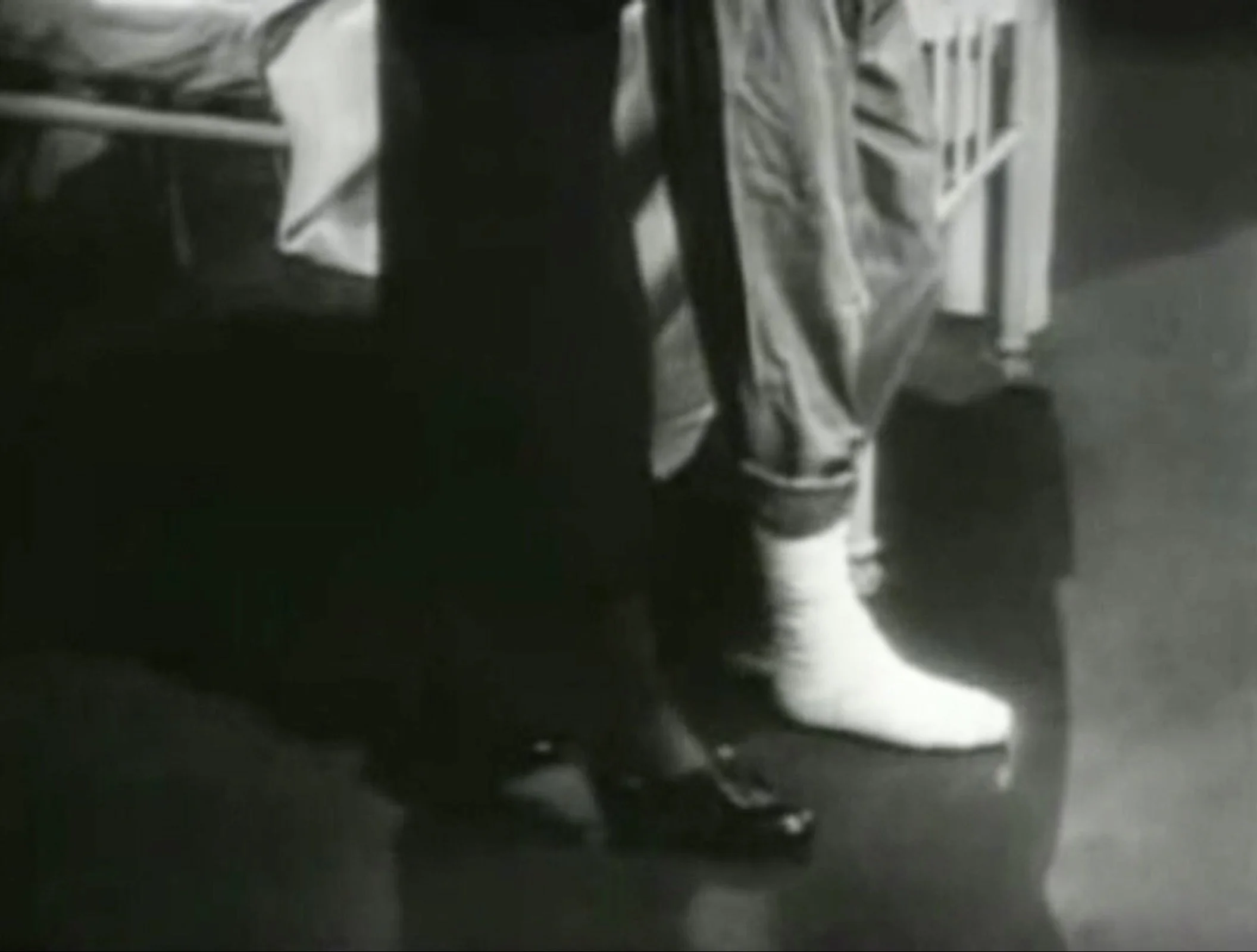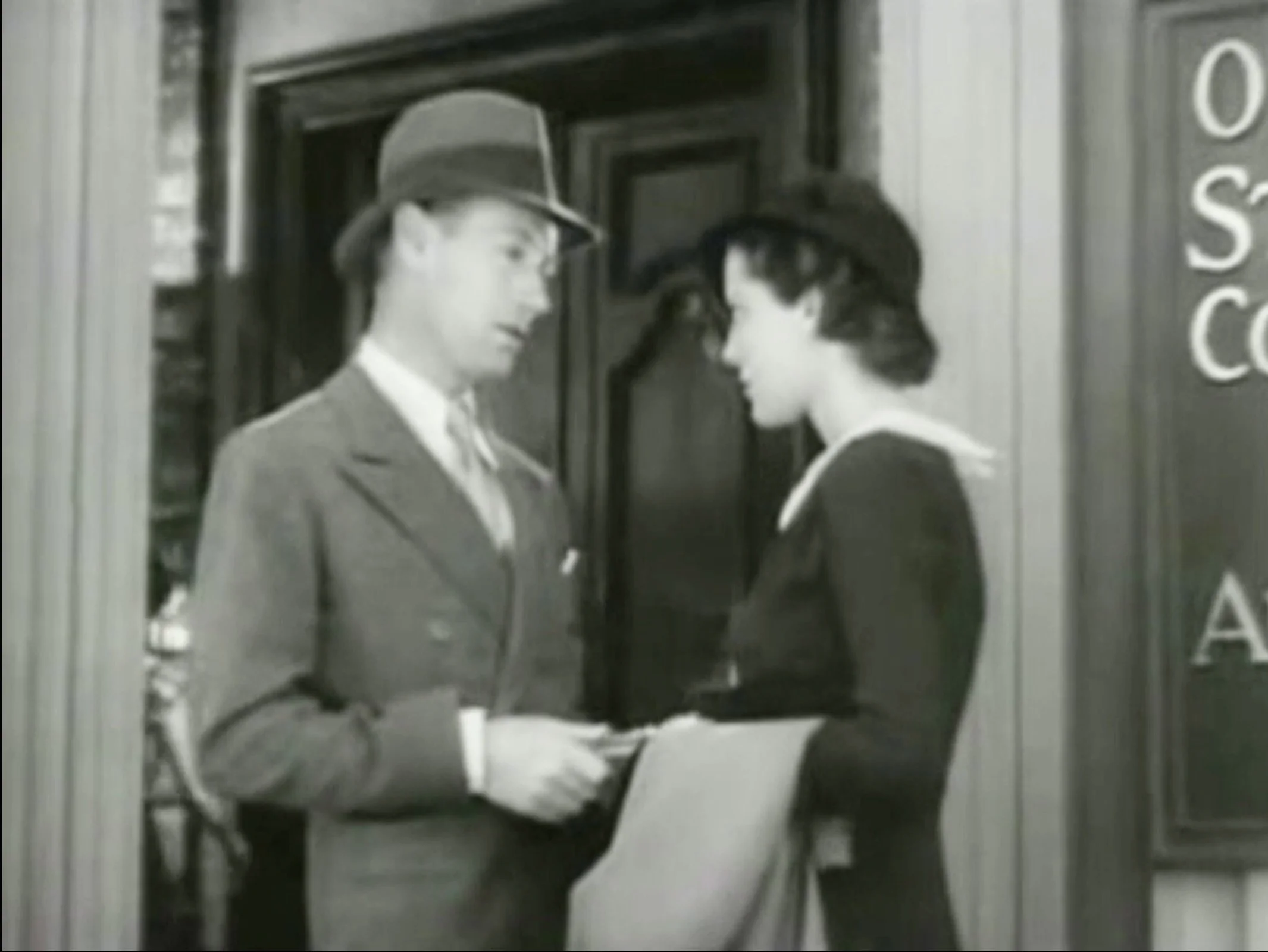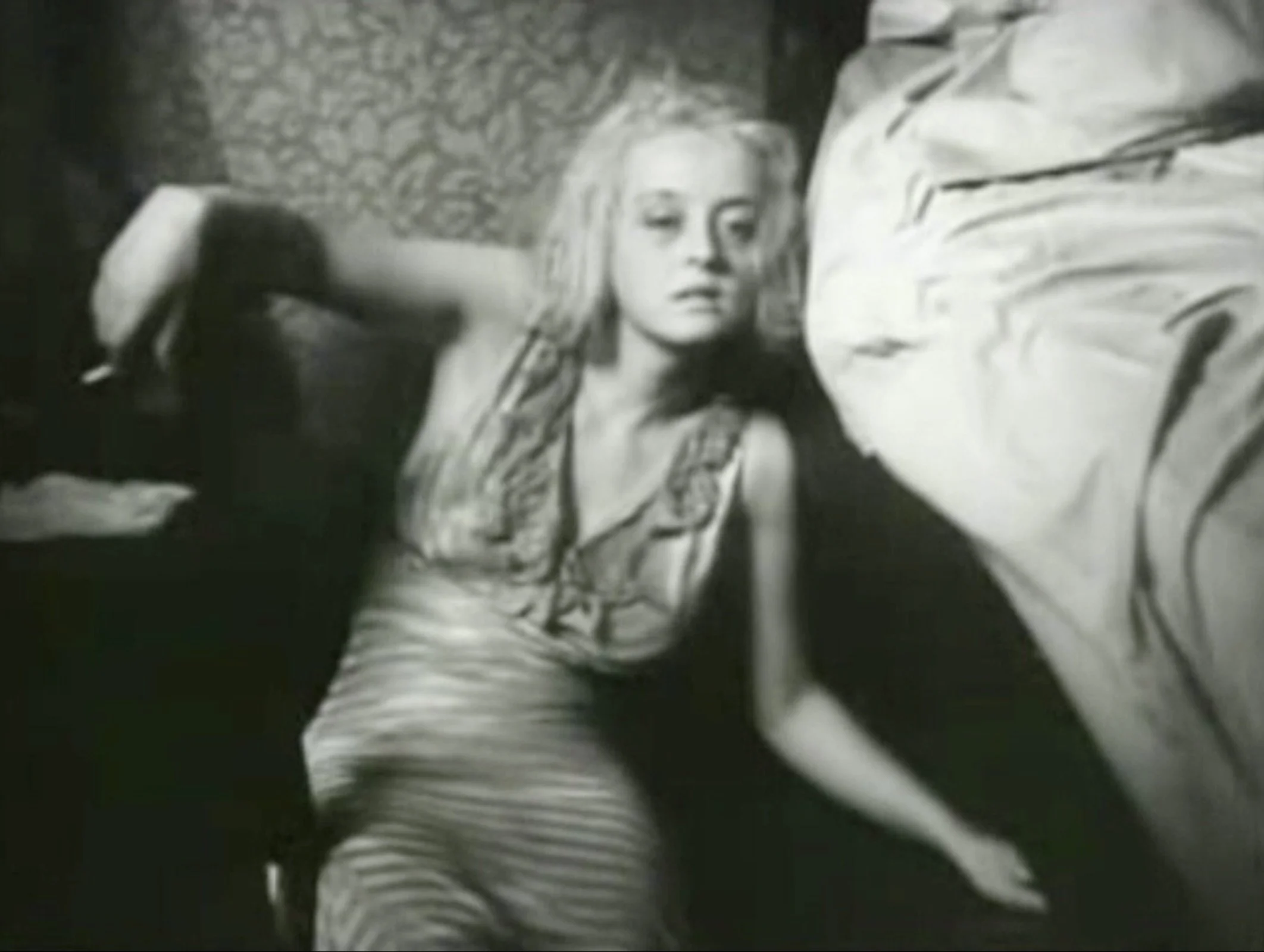The Covalency of Human Bonds: A Valentine’s Bondage
Boy likes girl, girl despises boy, what could go wrong?
Limerence.
On the verge of OCD (obsessive-compulsive disorder), this love bug got a club-footed failed artist kicked out of medical school and dropped into poverty.
Philip’s art advisor told him his artwork sucked. He advised Philip to put his strengths toward a meaningful career.
In 1934’s Of Human Bondage, Bette Davis played a heroin chic waitress and Leslie Howard an honorable and insecure romantic.
Bette Davis as Mildred Rogers and Leslie Howard as Philip Carey in Of Human Bondage (1934).
The fabulous Davis took on an un-fabulous persona in her breakthrough role as “anaemic” Mildred, the unscrupulous LO (limerent object). She’s cruel and manipulative. Vile in BD’s own words.
Every moment with Philip is a golden opportunity for Mildred to express her contempt for Philip. The obsessional daydreaming, failed exams, declined relationships and depleted funds for someone who does not even like him. Beyond that, does not even respect him.
What does he do? Keeps paying her bills, dropping his budding relationships, fighting his friends and rearranging his entire life.
“I suppose no amount of rationalization can change the fact that we are all made up of good an evil.”
Why?
The unscientific nature of human bondage.
Despite help from all the Valentine gift guides out there, no matter how much you spend and how many things you buy, they’re not going to love you back.
Philip bought Mildred a new dress. He had no money at this point, even for rent or medical school.
Naturally, no need for Mildred to love Philip just because he was obliging and loving. There was also no need for her atrocious mistreatment of him. The simple motive Mildred was colder to him than a frigid February night?
Repulsion.
“The virtue of a free man is seen to be as great as, when it declines dangers, as when it overcomes them.”
The $cience
Covalent bonds share ions to make a strong connection. Attraction is stabilized by repulsion to form a nearly unbreakable bond. This interaction allows atoms to be full*.
Philip created not a bond, but bondage to Mildred. No meet-cute here. Rather, their attraction-repulsion formed a predicament where Philip gave up all his ions and was left empty.
As preposterous as Philip’s addiction to Mildred, is the unestablished scientific reasoning for his condition.
Limerence is the obsession over a person who does not reciprocate feelings. Amorous or not.
Mildred finds Philip repulsive and treats him with matched disdain. He dines her even though she’s impregnated by an older married man. He leaves a healthy relationship with writer Norah to financially support Mildred’s baby. Then he buys Mildred a dress that he can not afford after she runs off with his friend.
Philip did not even break up with Norah. He just ghosted her explaining that he intended to write a letter. He could not find a SATC-Burger Post-It?
Ghosting is not new. Neither is the abrupt break-up. The only difference is that now it is done through smartphones and way-back-when it was done by telegraphs.
“Use your hands and courage to make something of your life”
Norah, the good and smart woman, began a relationship with Philip after one of several times he leaves Mildred.
Norah lays it out: Philip is leaving her because she is too nice, a good woman. He is bound to Mildred as Norah is to Philip.
Though much of the story derives from the author’s life, the concept of W. Somerset Maugham’s 1915 Human Bondage came from Benedictus de Spinoza's 1600’s publication Ethics.
Chapter IV Of the Servitude of Humanity, or the Strength of the Emotions.
“Bondage is the domination of these passions, emotions and makes it impossible to live in harmony.”
Ah, the Age of Reason.
Limerence, is a combination of low self-worth, obsession and anxiety. It is an enduring pattern embedded in mutual passion, romanticizing reality, and uncertainty. The latter being the driving force of this pleasure-seeking behavior and where infatuation and limerence diverge.
Philip suffered from limerence soon after meeting “anaemic” Mildred. He had a restless night dreaming of her.
Though incongruous with love, limerence acts on the reward system like addiction acts on intimate attachment. An attempt to explain limerence has coupled it to OCD based on incessant thoughts, anxious feelings, and abnormal behavior. Though OCD and limerence act on anxious or abnormal ruminations, uncertainty is not indulged by the former.
People who display limerent or OCD behavior apparently act on their obsessive thoughts to relieve the anxiety of it. Before she went on a date with him or showed him any attention, Philip sketched Mildred’s portrait to alleviate the constant thinking about her and awaiting her unquestionable approval.
A portrait of Mildred sketched by Philip to gain a reaction from her.
What OCD is in the brain remains comparatively obscure. Neurobiologically, dopamine and serotonin are the main chemicals of interest because of positive therapeutic results and imaging data. Dopamine is increased in the brain region associated with the thalamus, the basal ganglia. These areas control non-olfactory senses, movement and consciousness. Interestingly, the thalamus's optic radiations function with the visual cortex, indicating that limerence-afflicted individuals may act on what they see. The basal ganglia controls vision, mood and habits.
Mildred begged Philip for help. Again.
Limerent behavior may act on the dopaminergic reward system. Philip’s ceaseless rescue of Mildred encouraged his ego- he became a savior and useful person. It recompensed for his deformity and incentivized returning to a bad situation. Awaiting the transformation of revulsion to delight that never happened.
Philip was evicted from his apartment. He spent all his funds on Mildred and she destroyed the rest.
No, Mildred became a prostitute and died from syphilis. Tinsel Town glammed it up to tuberculosis. Like Somerset’s real-life mother. Even 1930’s movie magic wanted to instill hope in people.
Bottom Line
Philip became a window dresser at a department store after Mildred depleted his finances and he failed out of medical school. Sally and her father helped him obtain this job and housing.
This film is old. 1930s old. But it continues to evoke a visceral reaction. Today, people see limerence in themselves or someone they know. Virtual reality and social stalking offer the risk of increasing obsession, which is simply addiction. Emotional anarchy. No sense of amour propre.
All humans are bound to something in some way. Mildred’s “strangeness” allayed Philip’s physical and creative shortcomings. A relatively intelligent guy lost his money, housing and career because he shackled himself to the dehumanization he thought he deserved. Philip was tired of “limping through life” he says.
Philip’s foot was corrected, he returned to medicine and prudence. He realized and committed to living. Like a lot of people, he decided between the pleasure of love and life or just the simple need of living. Philip reunited with Sally and they choose between contentment and happiness.
Right, Mildred had to die for him to be free.
The bond dissociation energy between Philip and Mildred was so high that her death was compulsory for breakage. Like caustic Si-F (silicon-tetrafluoride), the narrow melting-boiling point of this bond ended in uncoupling.
Happy Valentine's lovers.
Tell us this is not the 90’s heroin chic? Mildred died of tuberculosis in the movie, but from syphilis in the book.
*The atoms’ valency is full.




